One of the biggest killers haunting women these days is breast cancer. In fact, it is the second most common form of cancer women die from nowadays. Decades ago, experts in the medical field blamed a history of breast cancer as one of the major reasons why women develop this disease. But, then some people who are probably not in their right minds pinned the blame on bras.
For sure, you may have heard from someone that sleeping at night with a bra could increase your risk of developing breast cancer. After several boobie talks in school, you realized that this claim is crap and has no scientific basis to it.
The Singer – Grismaijer Study
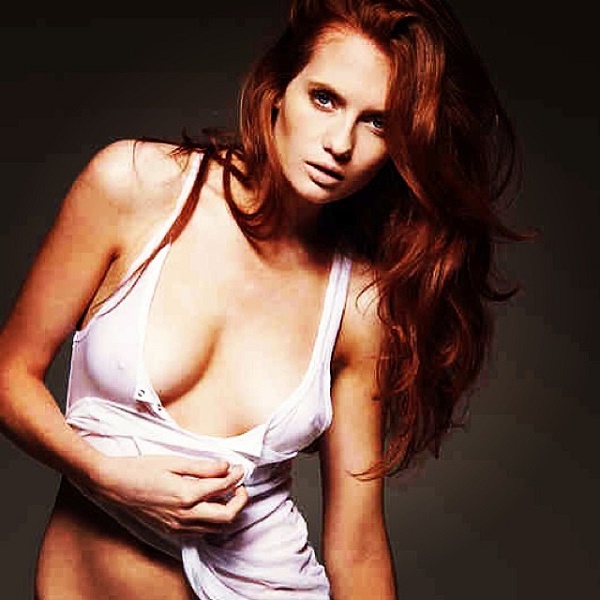
This belief may make you feel better and far less worried. After all, there are times when you forget to take off your breast support after a long and tiring day. Then here comes the study of two leading medical anthropologists, Soma Grismaijer and Syndey Ross Singer.
According to their 20-year study, there is a relationship between bra-wearing and breast cancer. In fact, they found that women who go bra-free have the same incidence of breast cancer in men –which is really low.
How Is That Possible?
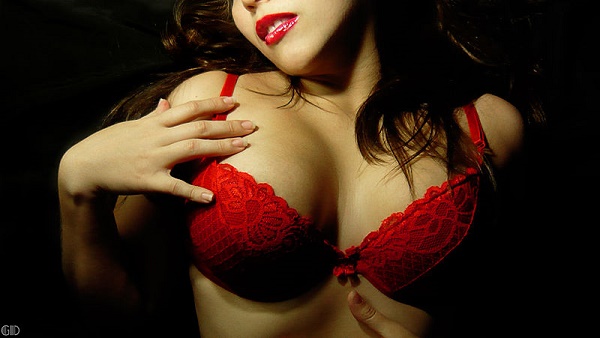
Wearing a brassiere restricts your lymphatic system, making it harder for it to work properly. The lymphatic system is your body’s waste disposal system. This means your body can easily get rid of all debris and toxins found in your tissues through the lymphatic system’s lymph fluid.
Apparently, wearing a bra restricts lymph fluid flow. If the harmful ingredients are unable to escape your body, especially in the breast tissues, then this could lead to breast cancer. The work of Harvard, China and Venezuela researchers backup this claim.
But before you panic and throw away all your bras, here are some things you need to know about your boobie support, and why you should or should not wear that bra.
1. Your Bra Is Your Best Friend
When you were younger, you probably often called your mom or siblings your best friends. Things get different once you mature.
You may have had a best friend in elementary, middle and high school, at college or work, and even in your neighborhood. However, in a woman’s case, there is one thing that they can call a best friend for life – their bra.
The sole purpose of a bra is to provide support. They give your boobs a lift and offer ample support up there to make sure that gravity won’t work against your breasts. Therefore, it is important to take time to shop and choose your bra according to your fit.
Remember this: Treat your bra like a best friend, and it will surely return the favor.
2. There Is No Such Thing As Standard Cup Size
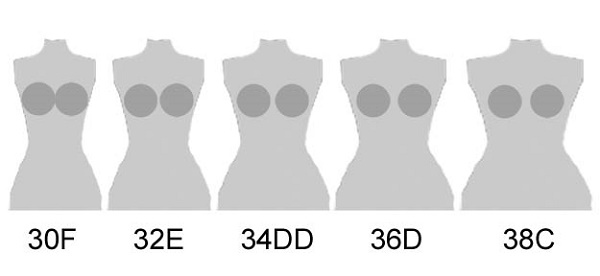
Did you know that bra manufacturers follow different sizing patterns when it comes to bra cup sizes? This is the reason why you are 32D in one brand and 34A in another.
The truth is bra cup size is a subjective measurement. There is no standard size followed by bra manufacturers, and their definition of cup sizes varies.
This explains why your bra sizes are different from each other, especially when you don’t stick to a particular brand.
Therefore, make sure to go for a fit that works best for your bust instead of wearing a certain size. Just because you are cup B at Victoria’s Secret, it doesn’t mean you are a cup B at your local department store. Again, fit is more important, so don’t allow cup sizes define your breasts.
3. The Support Comes From The Band, Not The Strap
 Most women think that the bra straps provide support to the breasts. Not really.
Most women think that the bra straps provide support to the breasts. Not really.
The truth is, the band that does the heavy lifting, while the straps only offer extra lift. This is the reason why the band has to fit you properly.
When the back band is loose, the weight of your breast shifts to the straps. This could also lead to poor posture, because it pulls your body forward and causes you to slouch. This is common in women who belong in the big boobs department.
Still, this does not mean that you shouldn’t consider the bra straps. You should still be able to slide your straps off your shoulders without compromising the support your breasts need.
4. Bras At Night
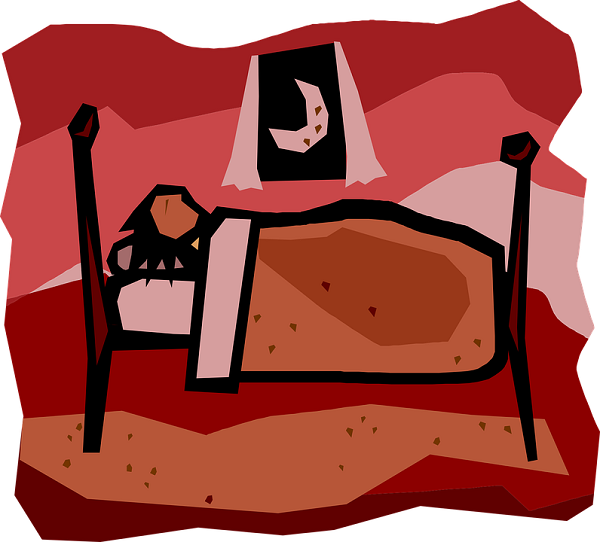 Someone told you that wearing a bra as you go to sleep could lead to breast cancer. Apparently not. In fact, there are a number of benefits when you wear a bra at night, especially when you are a bit chesty.
Someone told you that wearing a bra as you go to sleep could lead to breast cancer. Apparently not. In fact, there are a number of benefits when you wear a bra at night, especially when you are a bit chesty.
Wearing a bra at night could prevent sagging, since it inhibits the gravitational force from kicking in and affecting your breasts in a bad way.
However, make sure that you go for non-underwire bras and bras that are not too tight. Even if there is no proof that links wearing a bra at night with breast cancer, restrictive bras can be harmful and tight on your skin. You might be surprised to see wounds, blisters or scars in the breast area if you always sleep with your underwire bra.
5. The Bra And Breast Cancer Connection
You probably got that scary email about wearing bras, especially underwire bras, which makes you more at risk for breast cancer. Perhaps, you read somewhere about the study that links breast cancer to bras. The question now is, does wearing a bra make you more prone to breast cancer?
The answer is, it depends.
 Even if the study done by Singer and Grismaijer show that wearing a bra 24 hours a day increases your risk of breast cancer, there are other factors you need to look into, which could also lead to this type of cancer.
Even if the study done by Singer and Grismaijer show that wearing a bra 24 hours a day increases your risk of breast cancer, there are other factors you need to look into, which could also lead to this type of cancer.
Take note that in the study, the women were exposed to environmental toxins that could have harmful effects on their bodies, too. Unhealthy lifestyles and medications could also be one of the culprits why women develop this type of cancer.
The bra may be a factor, especially when you wear a bra that restricts the proper blood flow, circulation and movement. However, this may not be the main culprit for why the subjects had increased risks of breast cancer.A wrong bra fit, exposure to toxins and unhealthy lifestyle is a lethal combination that could lead to breast cancer.
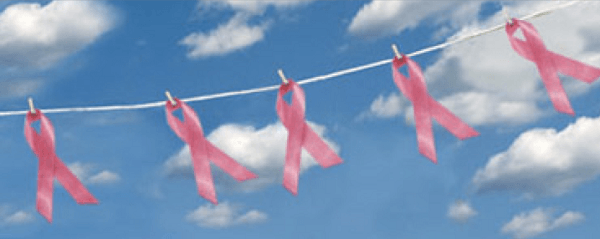 More importantly, you need to qualify the type of bra that you wear. Keep in mind that not all bras are an enemy that causes breast cancer. In fact, bras are one of your best friends that can support your twins while fighting gravity for you. Therefore, choosing a right-fitting bra is crucial. Aside from providing proper support and comfort, this reduces your risk of getting breast cancer.
More importantly, you need to qualify the type of bra that you wear. Keep in mind that not all bras are an enemy that causes breast cancer. In fact, bras are one of your best friends that can support your twins while fighting gravity for you. Therefore, choosing a right-fitting bra is crucial. Aside from providing proper support and comfort, this reduces your risk of getting breast cancer.
6. It All Boils Down To The Right Size And Fit
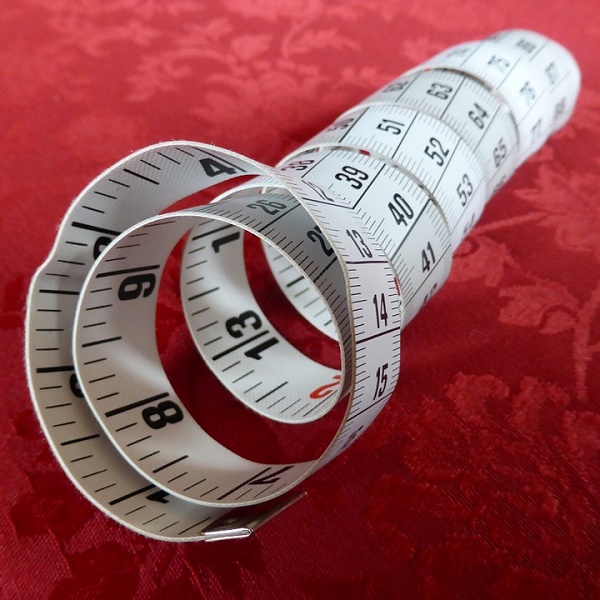 Did you know that 80 percent of women wear the wrong bra size? In fact, 70 percent of women wear bras that are smaller than their cup size, while the remaining 10 percent wear bras that are too large for them.
Did you know that 80 percent of women wear the wrong bra size? In fact, 70 percent of women wear bras that are smaller than their cup size, while the remaining 10 percent wear bras that are too large for them.
This could be problematic either way, because wearing the wrong fit, especially when you wear a smaller bra, could lead to serious health problems.
Here is a checklist that will tell you whether you are wearing the right bra fit or not:
 Are Your Breasts Spilling Or Bulging But? If yes, then this means your cups are too small.
Are Your Breasts Spilling Or Bulging But? If yes, then this means your cups are too small.- Does Your Bra Cups Wrinkle? If yes, then your bra cups are too large.
- Is The Band Loose? If yes, then you are wearing a larger band size, especially when you could pull it more than two inches away from your body.
- Does The Bra Wire Cut Into Your Breast? If yes, then you are wearing a smaller cup size bra.
- Do The Shoulder Straps Cut Into Your Shoulders? If yes, either the cup size is too small or the band size is small.
- Do The Bra Bands Dig Into Your Flesh? If yes, then the band size is small.
The next question now is, how do you measure bra size to ensure that you reduce your risks? Here’s how.
 Band Size – This is the circumference around your torso, under or over your breasts. For instance, if your bra size is 34B, 34 is your band size. To make it more accurate, measure the area under the bust.
Band Size – This is the circumference around your torso, under or over your breasts. For instance, if your bra size is 34B, 34 is your band size. To make it more accurate, measure the area under the bust.- Cup Size – This refers to the bra’s breast cup. In other words, it is the letter found in your measurement. Given the measurement above, B is the cup size.
To get this, you have to measure the fullest part of your breast, usually right above the nipples. Depending on where you live, there is a corresponding cup size for inches or centimeters.
At the end of the day, it all boils down to choice, and choosing the right and proper fitting bra. Despite the existence of a study that links wearing a bra to breast cancer, this does not mean bra is evil. Make sure that you choose a bra that allows your breasts to breathe,but at the same time, provides ample support. Your bra will surely return the favor later.

 Are Your Breasts Spilling Or Bulging But? If yes, then this means your cups are too small.
Are Your Breasts Spilling Or Bulging But? If yes, then this means your cups are too small. Band Size – This is the circumference around your torso, under or over your breasts. For instance, if your bra size is 34B, 34 is your band size. To make it more accurate, measure the area under the bust.
Band Size – This is the circumference around your torso, under or over your breasts. For instance, if your bra size is 34B, 34 is your band size. To make it more accurate, measure the area under the bust.